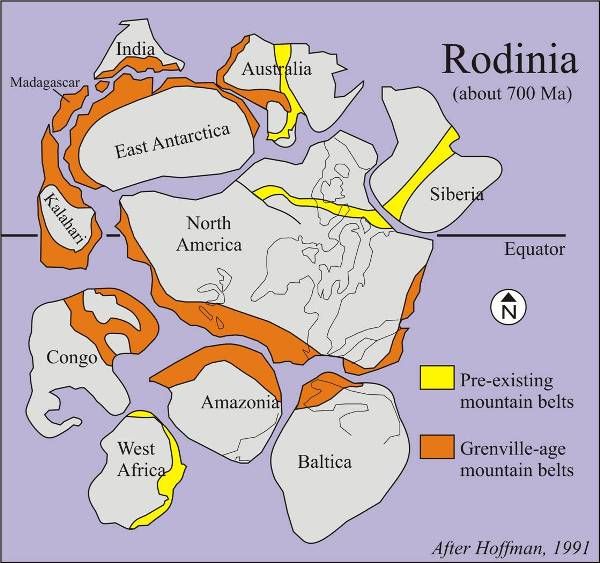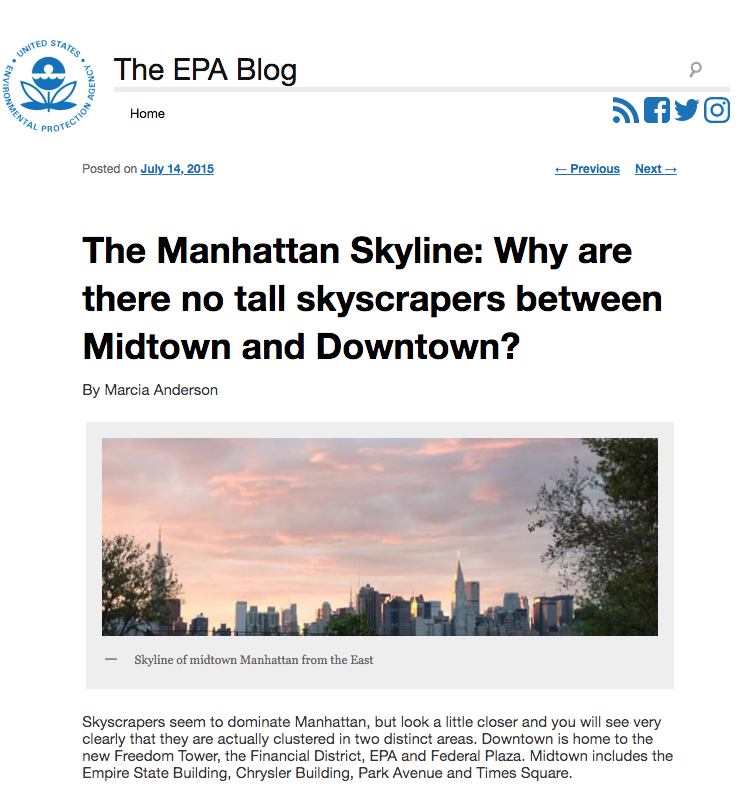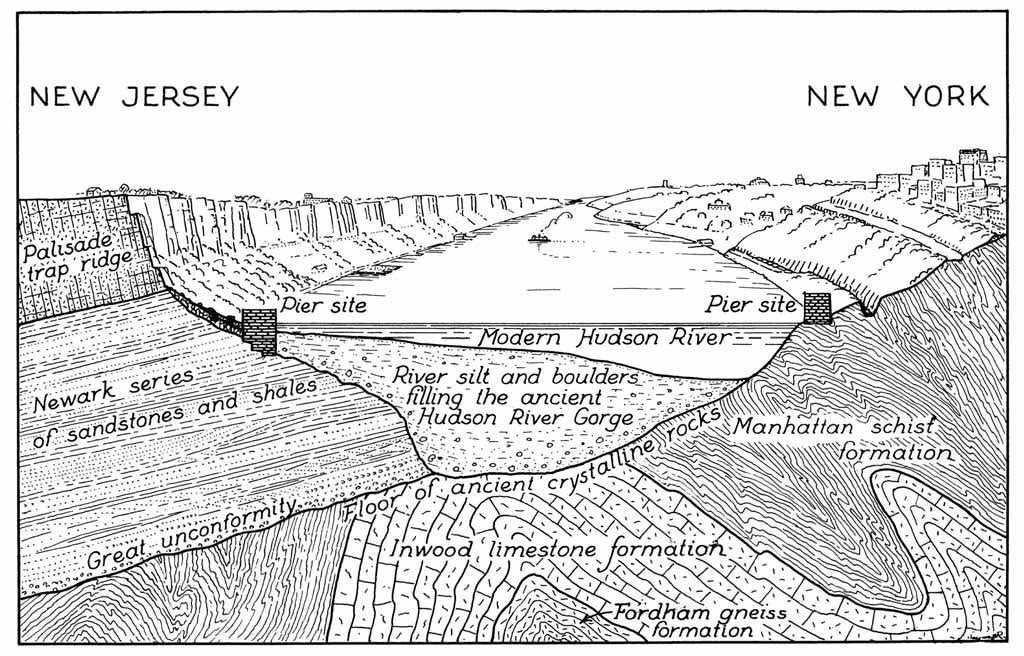In Geologic Time
Much of New York State’s bedrock and the Adirondack Mountains were formed by ancient Precambrian crystalline basement rock forms. About 450 million years ago the biotite-rich bedrock (made of gray quartz and white orthoclase) known as the Manhattan Schist transformed from shale to metamorphic rock, and constituted part of Manhattan (from the Munsi language of the Lenni Lenape/Delaware “island of many hills”) during continental collision between the floor of the present-day Atlantic Ocean, and what would later be known as the East Coast of North America. In the area often referred to as midtown Manhattan, the bedrock lies within a few feet of the ground’s surface, and within 40 feet of the surface in lower Manhattan making skyscrapers possible, whereas accessing the bedrock was (and still is) cost-prohibitive at a depth of 4-5 times deeper in other parts of so-called New York City.
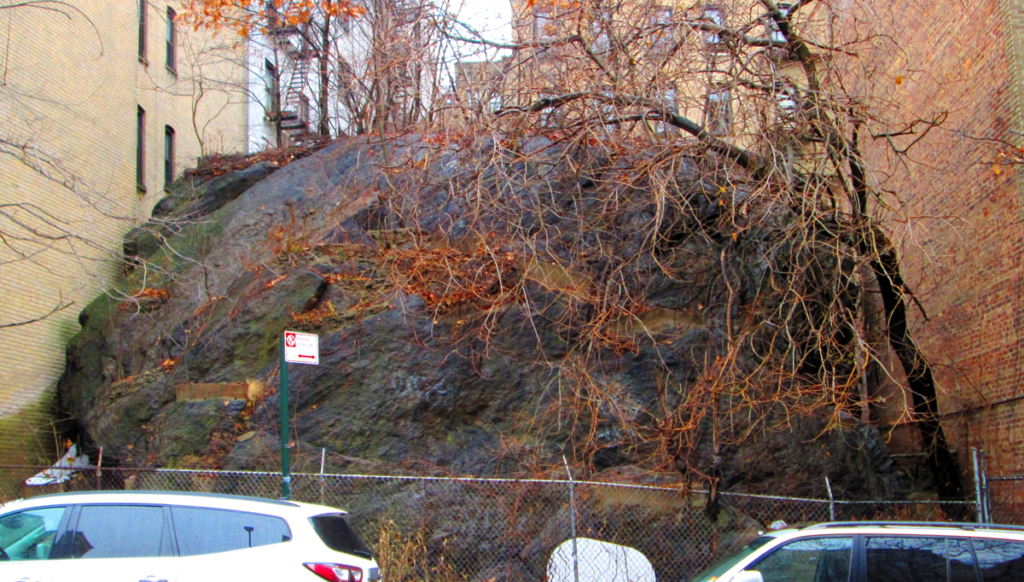
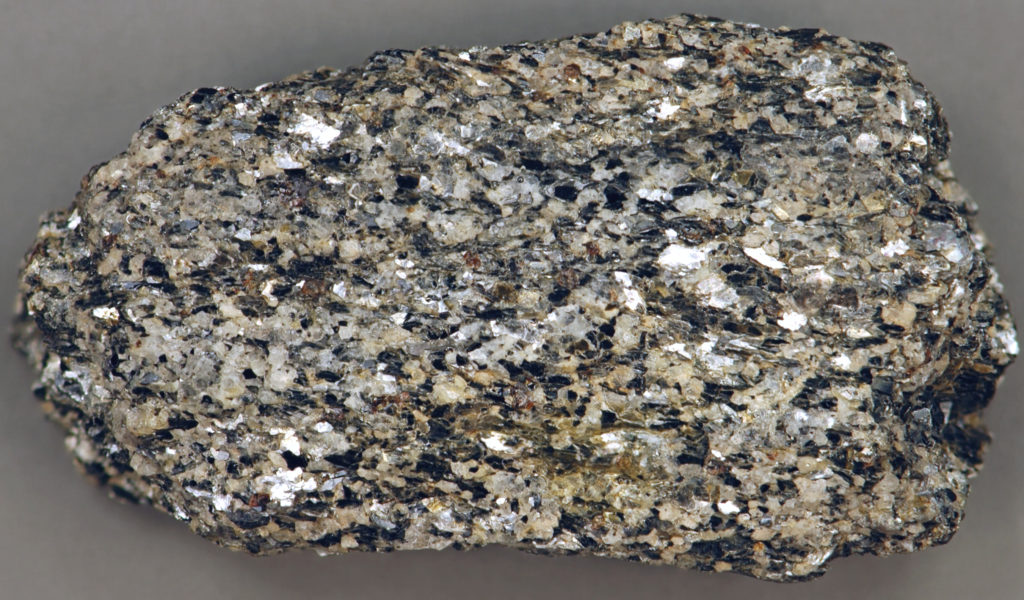
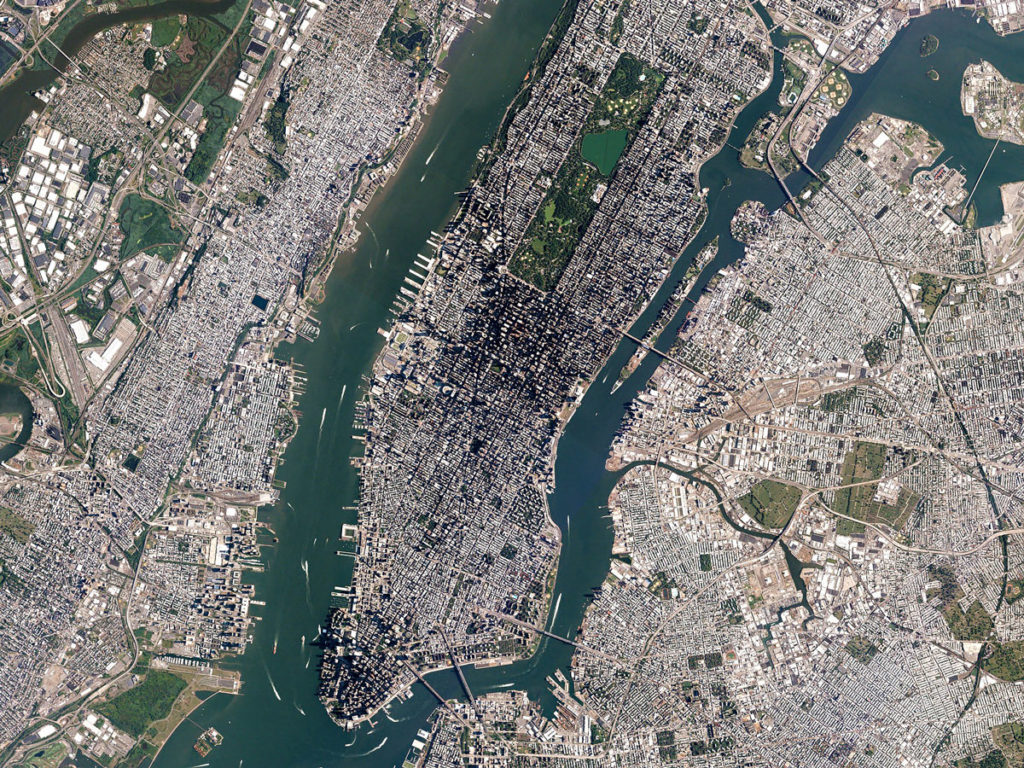
Image: Planet Labs, Inc. / Creative Commons License.
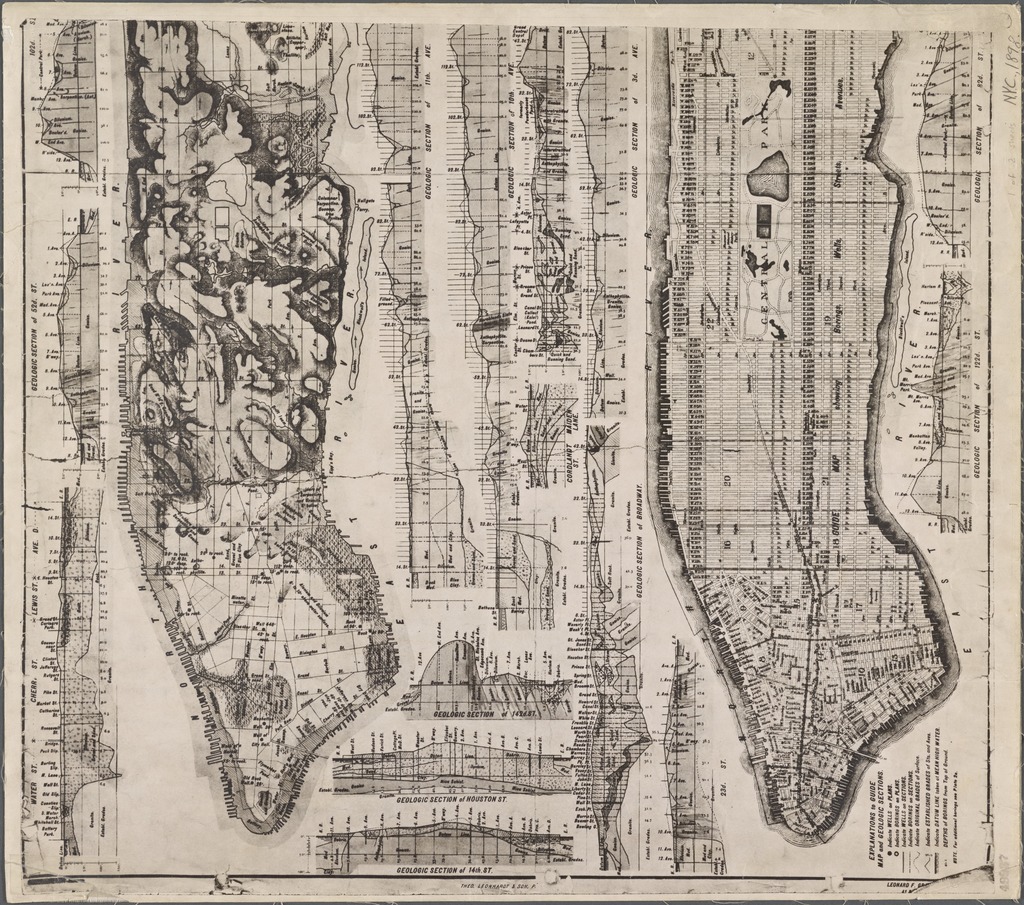
Further Reading
“Skyscrapers seem to dominate Manhattan, but look a little closer and you will see very clearly that they are actually clustered in two distinct areas… The surface bedrock over much of New York City provides solid anchorage to support the high buildings. Although there are two areas of this strong bedrock at or close to the surface, there is a valley in between where the building heights are lower. “
The Manhattan Skyline: Why are there no tall skyscrapers between Midtown and Downtown? by Marcia Anderson, The EPA Blog.
